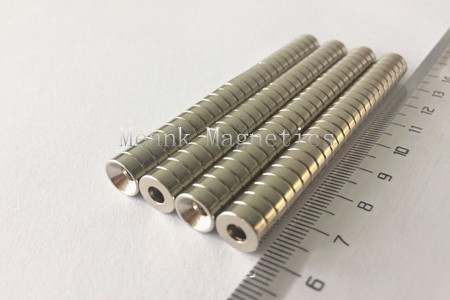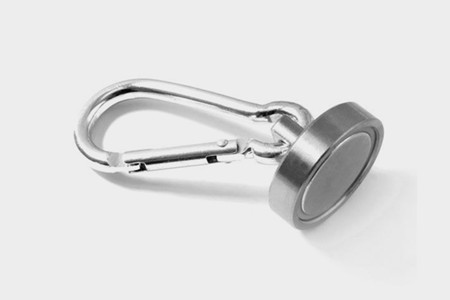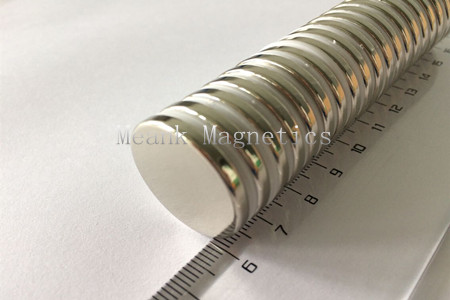High-end neodymium-iron-boron magnets need a large amount of heavy rare earths: as the temperature rises, the magnetic properties of NdFeB will deteriorate sharply. The current increase in coercivity mainly depends on the heavy rare earths dysprosium and terbium. For example, the neodymium-iron-boron magnet used in new energy-driven automobile motors contains 8-10% (weight percentage) of dysprosium, and the neodymium-iron-boron magnet used in inverter air conditioner compressor motors contains 4-6% of dysprosium.
In recent years, the wind power industry has ushered in a strong recovery, which is expected to drive a substantial increase in the demand for neodymium iron boron, an upstream material for wind turbines. According to forecasts by professional institutions, the installed capacity of wind power is expected to reach 20 GW this year, an increase of about 25% year-on-year, which will drive the demand for neodymium iron boron magnets for wind power to 4,690 tons, an increase of about 40% over last year.
The rapid growth of investment in wind power has led to an increase in the shipment of wind turbine equipment. At present, the mainstream fan technology routes in the market are divided into two types: double-fed and direct-drive permanent magnets. The biggest difference between the two is the different transmission and power generation structure. The direct-drive permanent magnet wind generator cancels the speed-increasing gear box required by the traditional AC excited double-fed asynchronous wind generator, and avoids the malfunction and maintenance of the gear box during operation. At the same time, the permanent magnet wind generator adopts permanent magnet excitation and no-excitation windings. There are no slip rings and brushes on the rotor. The structure is simple, the operation is reliable, the power generation efficiency is increased by 5 to 10% on average, and the maintenance cost can be reduced by 20%.
At present, nearly 30% of high-performance neodymium-iron-boron magnets are used in wind power motors, and the warming up of fan demand will drive the marginal improvement of neodymium-iron-boron magnets. Industry insiders predict that based on the need for 0.67 tons of neodymium-iron-boron per MW of wind power installed capacity, if the newly installed wind power capacity is 20 GW and direct-drive permanent magnet fans account for 35%, the consumption of NdFeB will reach 4690 tons, compared with the same period last year. An increase of 40%.




